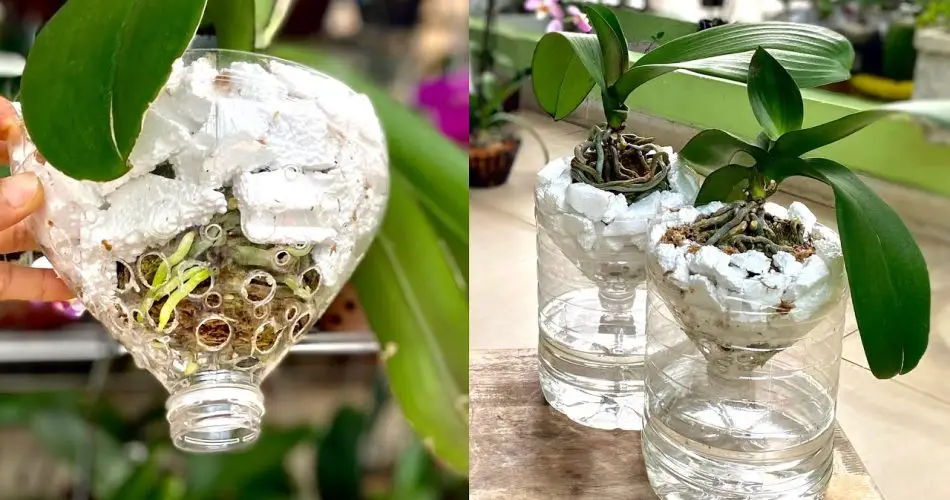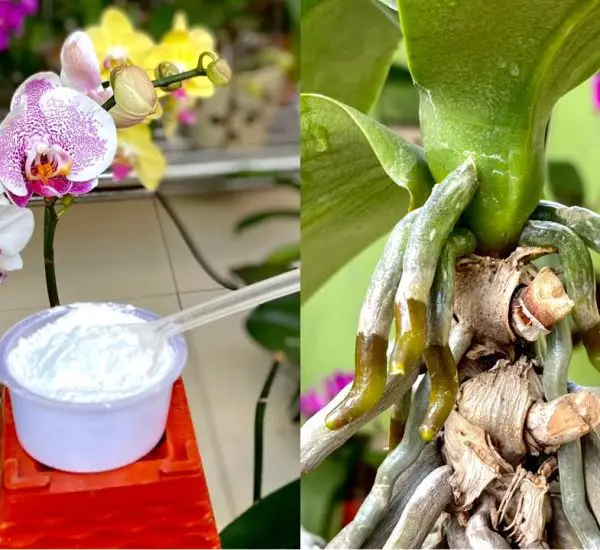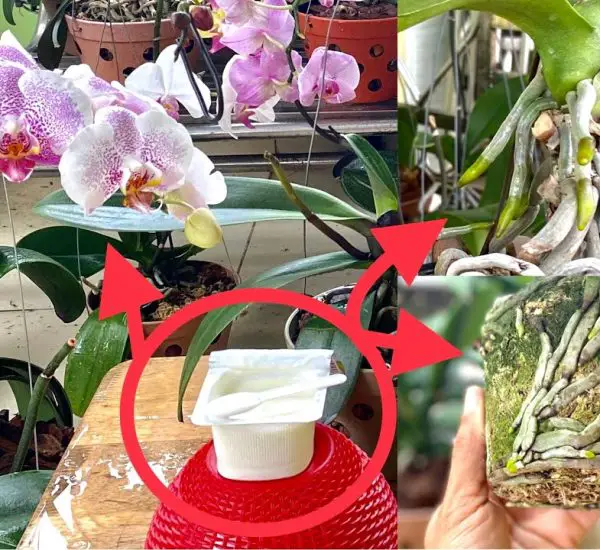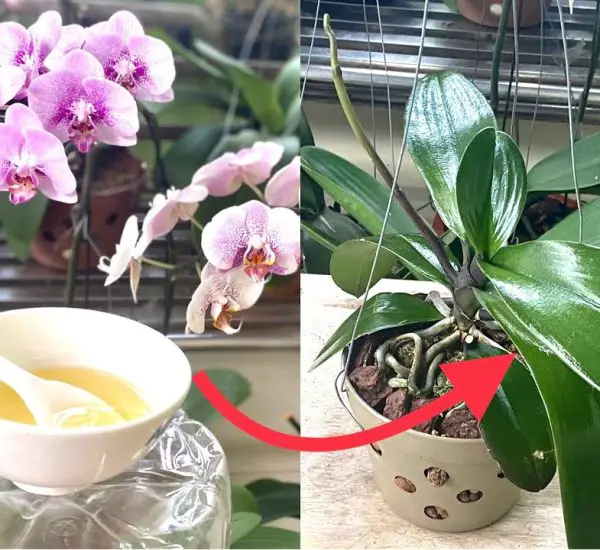1. Water-Saving Orchid Planting: A Sustainable Approach
Discover a time-saving and efficient way to plant and care for orchids at home without the need for constant watering. This method involves repurposing used plastic bottles to create self-sufficient planters. By cutting and configuring the plastic bottles, you can recycle them into planters that retain moisture and promote healthier roots. The innovative approach eliminates the hassle of frequent watering and nurtures orchids to grow and develop well.
2. Dehydration Technique: Accelerating Orchid Root Growth
Explore a clever dehydration technique that capitalizes on the natural tendencies of orchid roots. When newly purchased orchid pots are left untouched for 1 to 2 weeks, the roots become dehydrated and seek water and nutrients. Leveraging this natural process, the method involves cutting off damaged roots, placing the orchid in the plastic bottle planter filled with small sponges, and watering to maintain moisture. This technique not only aids rapid root development but also enhances disease resistance, saving time in orchid care.
3. Moisture-Retaining Moss and Sponge Setup: Orchid Health Unleashed
Uncover the details of the moisture-retaining setup within the plastic bottle planter. The addition of moss around the pot and small sponges inside ensures optimal ventilation while keeping the pot consistently moist. The clever design, including holes at the pot’s bottom, facilitates the rise of steam, maintaining humidity in the potting medium. This setup creates favorable conditions for quick root development, robust growth, and efficient metabolism, all while reducing the need for constant care.
4. Maintenance Tips and Growth Enhancement: Orchids Thriving Naturally
Learn the post-planting care and maintenance steps to ensure your orchids continue to thrive. Placing the pot in a cool, well-lit, and ventilated space encourages photosynthesis, chlorophyll production, and overall plant health. The simplicity of this planting method allows for easy integration into your routine. As the orchids adapt to their new environment and develop healthy roots, you can transition to using organic fertilizers for enhanced growth. By following these straightforward steps with used plastic bottles, you can recycle and repurpose while achieving flourishing, water-independent orchids.



